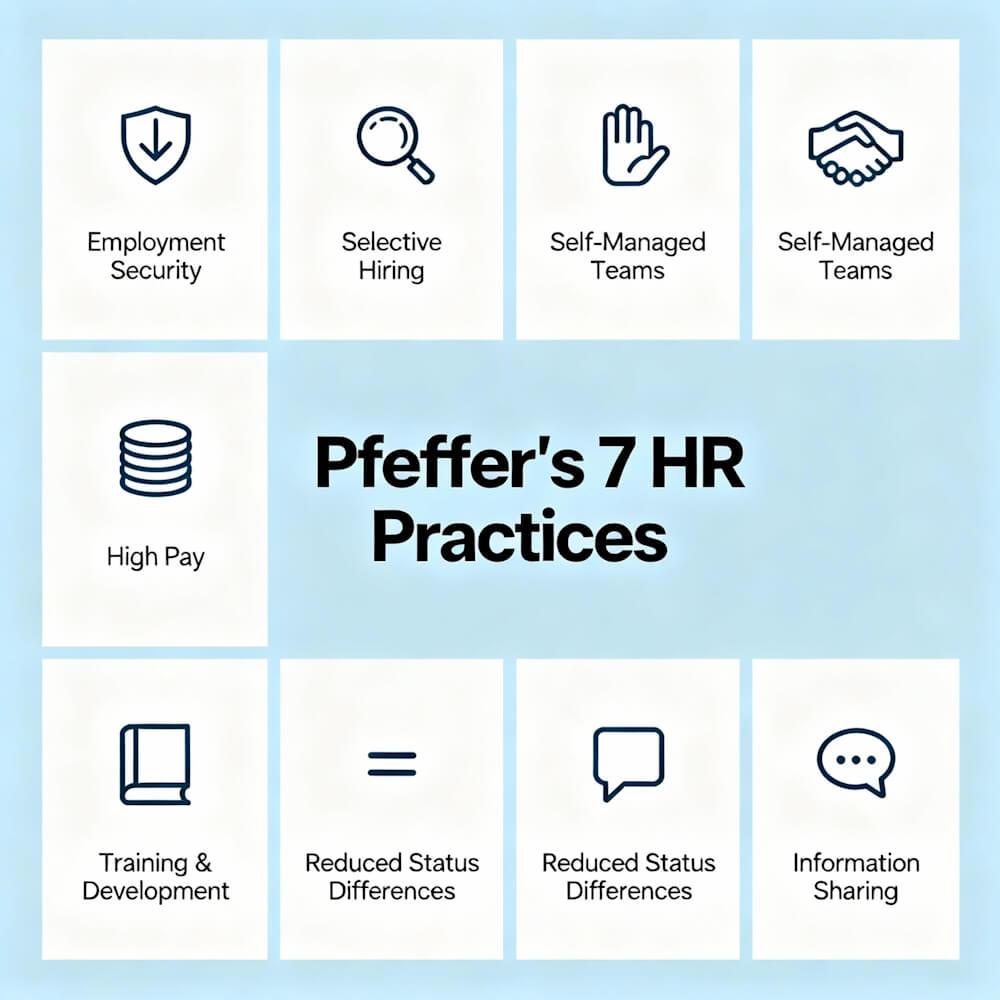The Staffing Process
The process of staffing starts with ascertaining the required number of various categories of employees for the organisation. This is known as manpower planning. It decides the kinds of staff and the number of staff required for the organisation. This is done through several methods like job analysis, workload analysis, etc.
The next thing to be done in the staffing process is the recruitment exercise, i.e., finding out the available manpower from internal and external sources. The next step is to select the right person from the available manpower through tests and interviews and make appointments. This is followed by their placement on the jobs and necessary introduction of the work environment and the rules of compensation, promotion, transfer, etc.
Steps Involved in the Staffing Process:
- Manpower Planning
- Job Analysis
- Recruitment
- Selection
- Placement
- Induction
- Training and Development
- Performance Appraisal
- Compensation
- Promotion and Transfer
Manpower Planning
Manpower planning refers to the process of estimating the manpower requirement of an organisation. While estimating the manpower requirement, the management generally keeps in mind the available infrastructure including the technology, production schedule, market fluctuation, demand forecasts, government’s policies, and so on.
It tentatively decides the kinds of staff as well as the number of staff needed for the organisation. The focus of manpower planning is to get the right number of qualified people at the right time.
Job Analysis
In the context of recruitment, one must be conversant with another important aspect of manpower planning, viz., job analysis, which is a prerequisite for any recruitment exercise.
Job analysis helps in determining the qualifications, skills, and experience required for various categories of employees. It involves:
- Job Description: Identification of each job in terms of duties and responsibilities.
- Job Specification: Determining the abilities and skills that are required for performing the job.
These two aspects are useful in the recruitment and selection of employees to find the right person for the job.
Recruitment
The term recruitment refers to one of the initial steps in the employment of people — searching for suitable candidates for the various job positions to be filled in the organisation. It is the process of finding and attracting suitable applicants for employment.
Sources of Recruitment:
1. Internal Sources
- Promoting and transferring existing employees to fill vacant positions.
- Advantages: Faster recruitment; managers know the skills of subordinates.
- Drawback: Organisation misses out on fresh talent.
2. External Sources
- Required when existing employees lack the necessary skills or qualifications.
- Sources include: Media advertisements Employment exchanges Educational institutions Unsolicited applications Factory gate recruitment Referrals Private employment agencies
Selection
Once applications are received, the selection process begins. It involves choosing the most suitable person from the list of applicants.
Steps in the Selection Procedure:
1. Screening the Applications
- Applications are checked for minimum eligibility.
- Screening is done by a senior officer or committee.
- Purpose: Shortlist eligible candidates.
2. Holding Tests
- Tests to measure skills or abilities, e.g., typing test for a typist.
- Includes aptitude tests, trade tests, intelligence tests, etc.
- For technical/supervisory roles: personality and decision-making tests.
3. Selection Interview
- Most important part: face-to-face interaction with the employer.
- Checks the accuracy of information and assesses overall suitability.
4. Checking References
- For assessing qualities like honesty, loyalty, temperament, etc.
- Verified from institutions, referees, or past employers.
5. Medical Examination
- Ensures candidates are physically fit for the job.
- Helps reduce labour turnover, absenteeism, and accidents.
6. Issue of Appointment Letter
- Candidates are formally offered the job.
- Letter includes: job nature, pay, terms, and conditions.
“Note: Not all steps are mandatory for all jobs. E.g., casual daily wage jobs may only require an interview.”
Placement
Once the selected candidate joins and provides written consent, they are placed in their assigned role. Placement means joining the designated position in the organisation.
- Their details are recorded as employment records.
- These are useful for future training, promotion, or appraisal.
Induction
Induction is the process of introducing new employees to:
- Their supervisors
- Colleagues
- Work environment
- Rules and regulations
- Job conditions
A proper induction helps reduce anxiety and encourages a positive attitude toward the job.
Training and Development
Training helps employees improve their knowledge and skills. It is needed by:
- New employees — to understand the work method and job requirements.
- Existing employees — to improve performance or learn new tasks.
Development refers to building overall competence, especially for managers and executives.
Methods of Training:
● On-the-Job Training
- Learn by doing, under supervision.
- Includes coaching, job rotation, understudy roles, temporary promotion.
● Off-the-Job Training
- Conducted away from the worksite.
- Includes lectures, demos, case discussions, videos, vestibule training.
Performance Appraisal
Performance appraisal means evaluating employee performance.
- Identifies employees doing well and those underperforming.
- Carried out using uniform methods and work standards.
Responsibility: Usually lies with supervisors.
Appraisal criteria may include:
- Quantity of output
- Quality of work
- Efficiency in using materials
Accurate measurement is easier when output is quantifiable.
Compensation
Compensation refers to financial and non-financial rewards offered for employee services.
Types of Compensation:
● Base/Primary Compensation:
- Fixed monthly pay: wages, salary, allowances.
● Supplementary Compensation:
- Incentives to encourage better performance.
- Monetary: Bonuses, commissions, profit-sharing.
- Non-monetary: Recognition, challenging assignments, healthy work relationships.
Promotion and Transfer
Promotion
- Assigned a job with higher responsibility, status, and pay.
- Based on: Seniority Merit Or a combination of both
Demotion
- Assigned a lower-level job due to unsatisfactory performance.
Transfer
- Change in job at same level, pay, and status.
- Helps in: Gaining broader experience Job satisfaction Meeting staffing requirements in other units
Read the related article -







